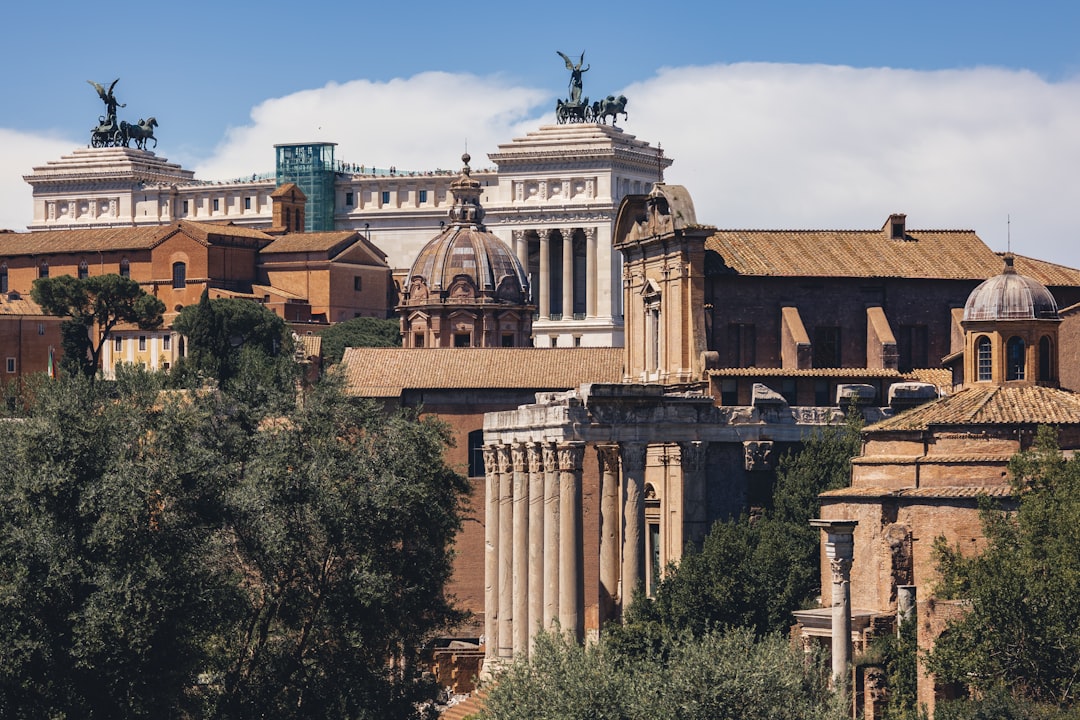Pecorino romano
The beloved cheese also happens to be an incredibly versatile ingredient. Its hard texture, which lends itself to being grated, makes it ideal for sprinkling onto pizza, adding an extra flavor boost to pastas, salads, and soups. One of the most alluring characteristics of Pecorino Romano is its mellowing effect when melted into warm dishes such as risotto or polenta. Those lucky enough to take part in a traditional Italian dinner will certainly have encountered this cheese in all its cheesy glory, either as an appetizer or sprinkled on top of the main course.
In terms of production, the craft of making Pecorino Romano is highly regulated. Thanks to the Consortium of Pecorino Romano, only sheep's milk from certain parts of Lazio, Ciociaria and Sardinia can be used to make the cheese, ensuring its unique aroma and flavor are always up to par. This is why Pecorino Romano has earned itself the coveted DOP (Designation of Origin Protected) status, in turn bestowing upon it the comforting guarantee that it is indeed a genuine article.
The quality of Pecorino Romano is further guaranteed by its aging process, which lasts anywhere between eight and twelve months. During this period, the cheese is kept in special cells that have carefully regulated temperature and humidity levels. Artisans also use special techniques to rub the cheese with salt and olive oil, thus creating a protective layer that preserves its natural flavors and prevents it from drying out.
So there you have it, a brief exploration into what makes Pecorino Romano so special. To those unfamiliar with this quintessential Italian cheese, it's time to acquaint yourself with its complex complexity and soulful savoriness - the world of flavor awaits!
Pecorino romano recipes
Amazing Pecorino romano recipes sourced from the web.
The origin of Pecorino romano
Ah, Pecorino Romano. That beloved, salty cheese that you've likely added to a plate of spaghetti or enjoyed in an exquisite caprese salad in the past. Have you ever stopped to think about where it comes from? The origins of this iconic Italian dish are more fascinating than you might believe.
Pecorino Romano dates back to the time of Ancient Rome, around the 2nd century BC. It was originally used as a practical way to store sheep’s milk and make it last longer throughout the year. As a result, it proved to be an invaluable resource of nutrition for Roman soldiers on the march, who often packed it tightly in clay jars or wooden casks.
The name “Pecorino Romano” comes from the Italian word Pecora, which means sheep— a nod to the source of its primary ingredient. Following centuries of refinement and experimentation, the final product was perfected by the mid-1800s, when the cheese spread to the rest of Italy.
Today, Pecorino Romano is produced according to strict guidelines set out by the Consorzio del Formaggio Pecorino Romano in 1954. Firstly, the cheese must be made with the milk of only Italian sheep, although some varieties allow the use of cow’s milk as well. It is then aged for anywhere between five and eight months before being sold to consumers.
Overall, Pecorino Romano is a paragon of Italian culinary heritage, having been enjoyed by both ancient and modern palates throughout history. Whether you savor its bracing sharpness in a sprinkle atop pasta, or relish its mellow umami in a tomato-basil salad, you can be sure it’s an experience that has been passed down through the ages.
Types of Pecorino romano
Ah, Pecorino Romano. This creamy and salty cheese is a firm favorite among cheese aficionados, and with good reason. It has a unique flavor profile, and with its variety of textures and styles, it is one of the most versatile cheeses of the Italian repertoire.
Pecorino Romano is an aged cheese, made from sheep's milk. Depending on the aging process, it can have a harder or softer texture. Aged over eight months, Pecorino Romano acquires a firm and granular texture, making it perfect for grating over pasta dishes or salads.
Ricottina di Pecora is a sweet and supple version of the same cheese. Ricotta refers to the fresh cheese, which is softer and sweeter than the aged variety. It is the go-to choice for salads or a simple snack with bread and honey.
Stracchino di Pecora is a specialty variant of Pecorino Romano, made using only the freshest sheep's milk. Similar to Ricottina, this cheese is soft and creamy, with a hint of sweetness. Stracchino also has a milder, nuttier flavor, making it ideal for slicing and serving as part of a cheese platter.
Finally, there is Fiore Sardo, the sharpest and most intense style of Pecorino Romano. Fiore Sardo is made from the pasteurised milk of Sardinian sheep, and is aged for up to 10 months. With its peppery flavor, it is the ideal companion for cured meats and robust red sauces.
Whether you prefer its sharpness, sweetness, or its subtle tones, Pecorino Romano is an excellent cheese to add to any cheese board. Now, if you'll excuse me, I'm off to grate some over my pasta!




